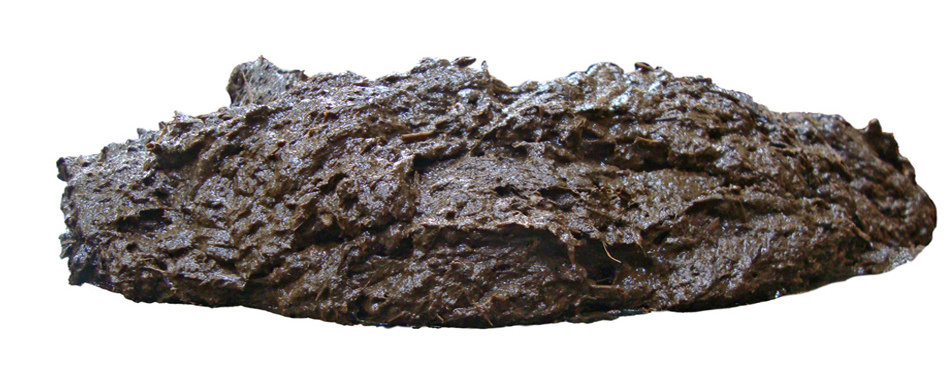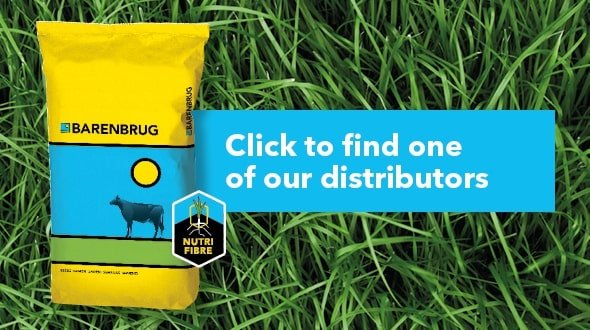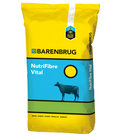The aforementioned symptoms affect your cattle’s health. They can be prevented with Barenbrug’s NutriFibre. Soft-leaf tall fescue combines effective fibre, enhancing your cattle’s rumen activity, with digestible cell walls, ensuring a high feed value. NutriFibre enables you to feed your cattle maximum amounts of concentrated feed without any risk of rumen acidosis.
NutriFibre has proven to be successful in practice. A feed ration containing NutriFibre ensures much better rumen activity than a standard feed ration. The new technology greatly reduces the occurrence of rumen acidosis, partly because the soft-leaf tall fescue stimulates your cattle to ruminate more and produce greater amounts of saliva. Silage containing NutriFibre enhances cows’ rumen activity and reduces the risk of rumen acidosis, making for healthier cattle that perform better.
Healthy cattle are any dairy farmer’s prime concern. NutriFibre offers your cattle silage with more effective fibre, substantially lowering the risk of rumen acidosis.





